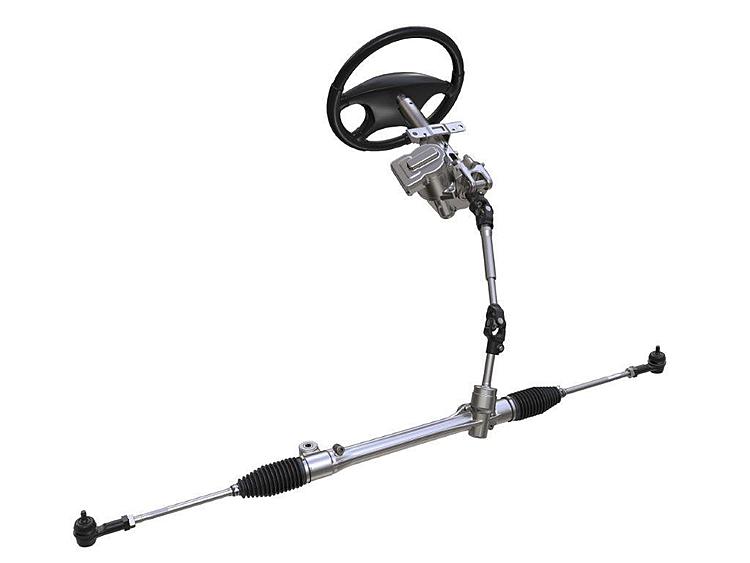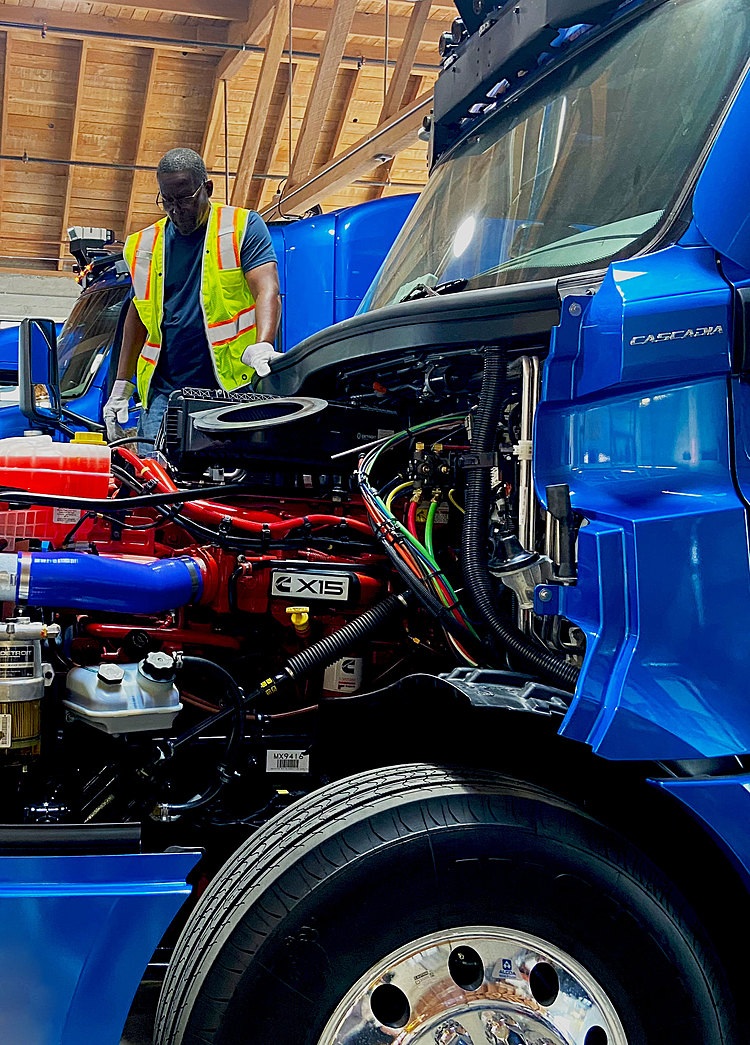Insider Q&A: Velodyne advocates for safer self-driving cars
DETROIT (AP) — Self-driving Tesla electric vehicles could be on the road sometime next year under CEO Elon Musk's vision to bring financial success to his upstart company.
But critics have called that vision faulty, saying Musk can't deploy autonomous vehicles safely without Lidar sensors that send out laser light beams to detect objects. Tesla's system relies on eight cameras, short-range sonar sensors and front-facing radar.
Musk, at an April event to detail his system, called Lidar expensive and unnecessary. Tesla, he said, had developed a high-speed computer and software that would use data and artificial intelligence to safely navigate the roads. During the presentation, he called Lidar a "fool's errand" and "frigging stupid," mocking most other companies developing autonomous vehicles that use the laser system.
Marta Hall, president of San Jose, California-based Velodyne Lidar Inc., which says it's the largest Lidar maker in the world, answers questions about Tesla's system and Lidar's capabilities. The Q&A has been edited for clarity and length.
Q: How would you respond to Elon Musk's assertion that Lidar isn't needed?
A: I don't think he knows what he's talking about. He doesn't understand how Lidar works to make driving more safe. I don't think when he talks about autonomy it's truly autonomous. I think what he's talking about are advanced features that are kind of cool but they're not fully autonomous and they're not fully safe as he describes them. He's had leeway because Elon has a loud voice and so people listen to him. But in this case, when he's talking about Lidar, it doesn't seem that he knows the science that's in the instrument, and he thinks he can drive a car autonomously with just cameras and radar, which is dangerous.
Q: What does Lidar offer that a camera and radar don't?
A: Lidar is 3-D vision, and cameras and radar are two-dimensional. Lidar can see at night when camera vision is very poor. The majority of accidents happen at night.
Q: What's so dangerous about Musk saying he has full self-driving without Lidar?
A: Customers will buy his car, and they will take a nap in the car. Cameras fall short because of optical illusions, just like the human eye can be fooled. Lidar can't be fooled in the same way. Lidar sees in measurements. So it sends out light beams, and the beams come back and it actually measures distance. Cameras, on the other hand, have to make assumptions about how far away objects and other cars and all those things are. So if you want to avoid accidents, which would you rather rely on, assumptions or math and measurements? Lidar has eyes that are better than a human eye.
Q: Musk could say you're just trying to sell your product.
A: It's more than that because none of the other car companies wants there to be more accidents on the road. When he's promoting a core system, a cheap camera and radar system as fully autonomous, then he's making the others look stupid. Worse than that, he's fooling customers who could actually put themselves in danger. It's shocking because Elon is such a forward thinker, but when it comes to Lidar he's old-fashioned. He's out of step and he doesn't believe in 3D vision.
Q: Why would he not go with Lidar then?
A: The reason he has held out is because of the cost. At least he's justified it because cameras and radar are less expensive than Lidar. But Lidar cost is coming down and with mass production next year the cost of a full system, is going to be equivalent or even less compared to his system. His system relies on a huge volume of computational power that's needed to process the camera data. Whereas Lidar data is computer friendly, camera data is not. And it takes a lot of processing to understand distances and trajectories. So his method is power gobbling. Yes, I'm selling Lidar, but I also care about public safety.
Q: What does a base level Lidar system cost?
A: We sell one for $3,500.
Q: Waymo, GM Cruise, Ford's Argo AI, Intel and others all use Lidar. It pretty much is accepted by the rest of the business that Lidar is necessary and you need redundant long-range sensors 360 degrees.
A: We believe in redundancy also. Especially if you go fast speeds. This is what we believe is the safest system, a powerful Lidar system and then a cheap camera system as well. We believe you need both if you're driving autonomously.











